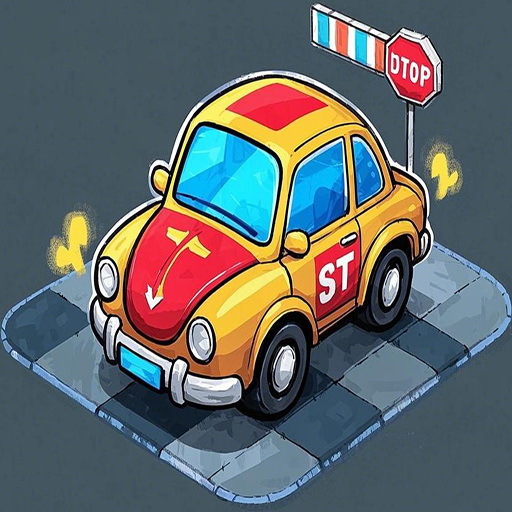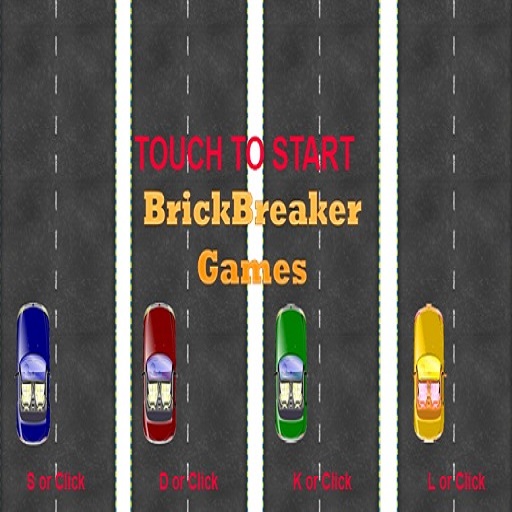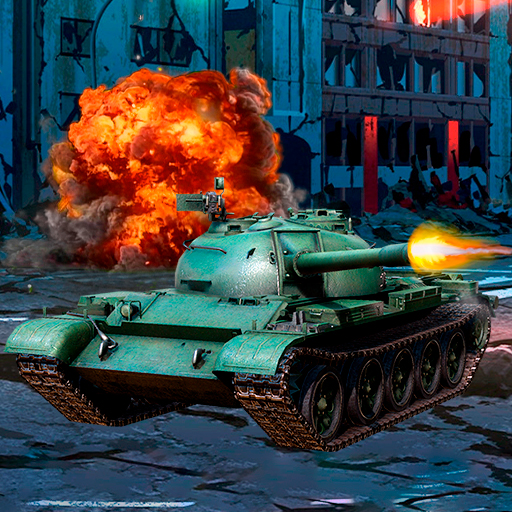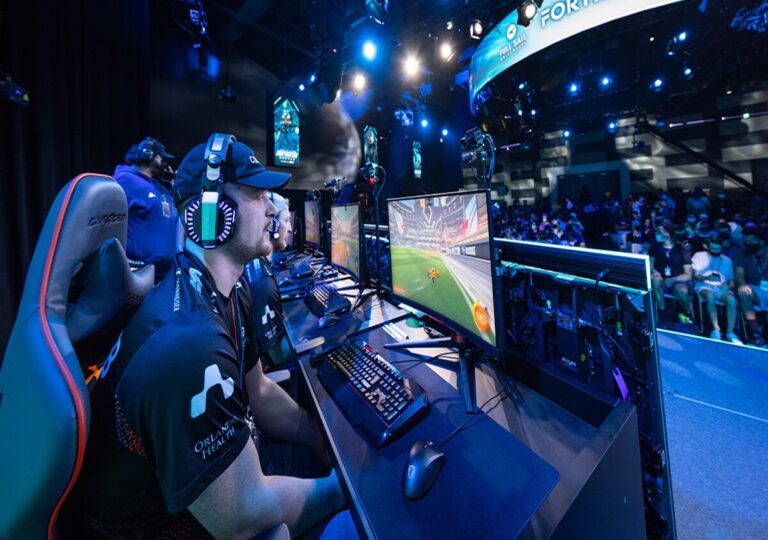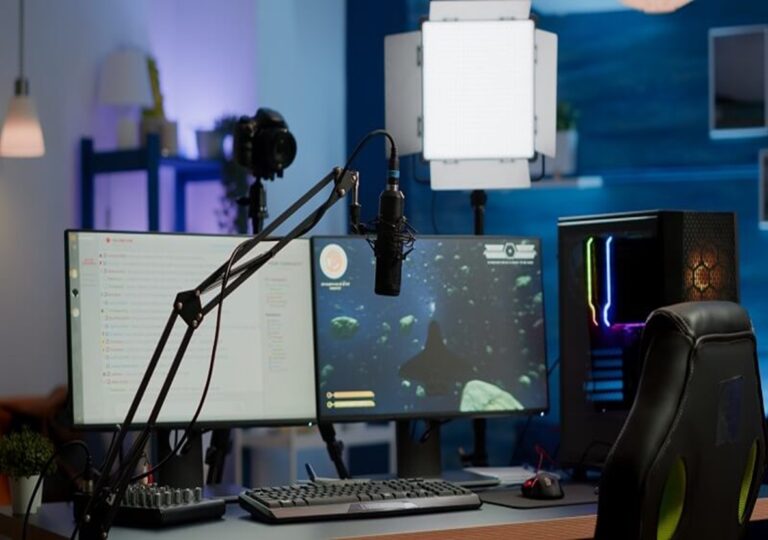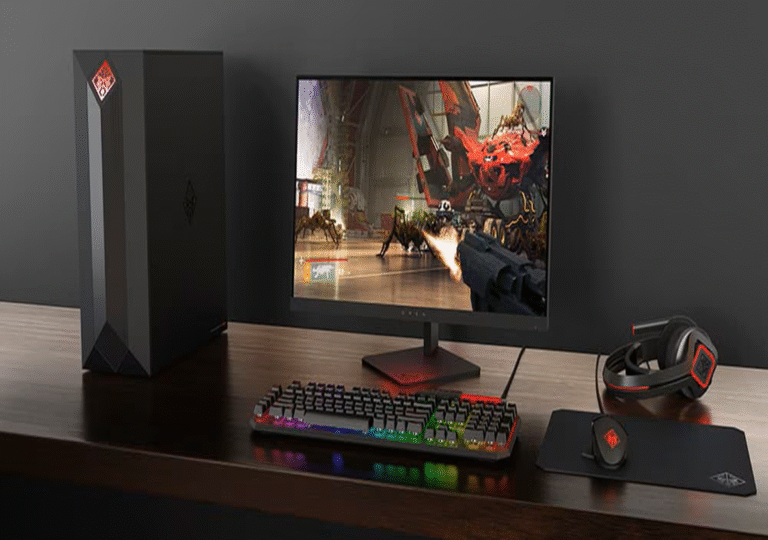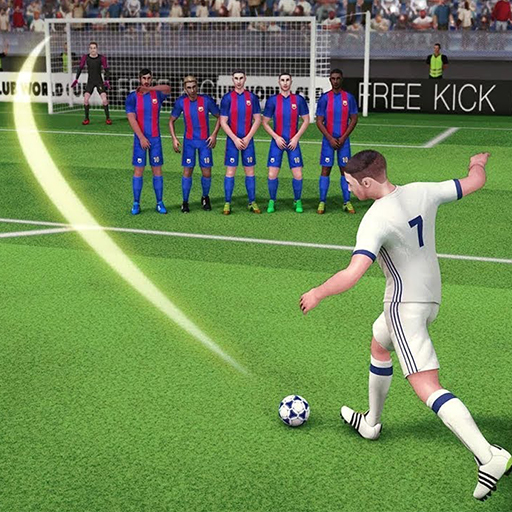
Free Kick Football
Free Kick Football
In the realm of football, few occurrences encapsulate the sport’s drama, anticipation, and artistry quite like a free kick. The brief silence before the strike, the defensive wall forming, and the meticulous positioning of the striker all culminate in a fleeting moment that has the potential to alter the course of a match. Whether it is a decisive equalizer, a spectacular goal immortalized in highlight reels, or a strategically executed maneuver honed through rigorous training, the free kick occupies a distinguished place in football’s history.
What, then, renders a free kick so enthralling? Why do certain goals merit endless replays and inspire players to replicate them on training grounds and in recreational settings? This comprehensive analysis delves into the origins, evolution, techniques, iconic players, and unforgettable instances that have shaped the art of free kicks in football.
What Is a Free Kick in Football?
A free kick is awarded when a player commits a foul outside their own penalty area. Depending on the nature of the infraction, the referee may give either a direct free kick—where a player can shoot on goal directly—or an indirect free kick, which requires another player to touch the ball before a goal can be scored.
The positioning of the ball, the skill of the kicker, and the defensive wall all come into play. For players, it’s a test of precision and nerve. For fans, it’s a moment filled with hope and suspense.
The Origins of the Free Kick Rule
The concept of free kicks dates back to the earliest versions of modern football. In 1872, the original rules allowed for free kicks in specific scenarios, although they were far more restrictive than today’s regulations. Over time, as the game evolved and strategies became more complex, the free kick grew into a tactical weapon rather than just a procedural necessity.
In the early 1900s, players started to experiment with different angles and curvatures, slowly transforming what was once a reset of play into an opportunity for greatness.
Technique Matters: How Players Master Free Kicks
Executing the perfect free kick isn’t just about power—it’s about precision, technique, and deception. There are various styles of free kick delivery that players employ, each with its own science.
One popular method is the curved free kick, where the player uses the inside of the foot to bend the ball around the wall and into the goal. This technique became iconic thanks to legends like David Beckham and Roberto Carlos. Then there’s the knuckleball technique, a newer innovation that causes the ball to move unpredictably in the air. Cristiano Ronaldo and Juninho Pernambucano have made this style famous.
Another variation is the driven low shot, often used to catch the goalkeeper off guard. This style is particularly effective when the wall jumps, creating a gap underneath.
The success of any free kick depends on the trifecta of angle, ball contact, and follow-through. A kicker must train for years to consistently deliver game-changing shots.
The Psychological Battle of the Wall
The wall is a group of defending players tasked with blocking the direct path to goal. While it may seem like a simple setup, the wall creates a mini mind game between the attacker and the defense. Will the player go over, around, or under the wall? Should the wall jump or stay grounded?
Goalkeepers also play a critical role in positioning the wall and anticipating the shot. Their job becomes harder when the free kick taker has a reputation for trickery or an arsenal of styles to choose from.
Even the placement of the wall—a few inches too far or too close—can make or break the outcome. That’s why free kicks, although brief, involve layers of decision-making, both physical and mental.
Training the Perfect Free Kick
Top footballers often spend hours perfecting their free kick skills. Training involves repetition, video analysis, and an understanding of biomechanics. Players learn how to read the wind, calculate the distance, and simulate match pressure during practice.
Many top clubs use free kick specialists whose only job is to study and execute set pieces. Some even hire dedicated coaches who focus solely on improving set-piece scenarios.
Technology has also entered the fray. From virtual simulations to slow-motion breakdowns, modern players can refine their craft more efficiently than ever before. What once relied solely on raw talent now also includes data and analytics.
Legendary Free Kick Takers Who Redefined the Art
Some players are forever associated with free kick brilliance. Their technique, accuracy, and flair have left fans speechless and opponents helpless.
David Beckham became synonymous with curling shots into the top corner. His most iconic goal against Greece in the 2002 World Cup qualifiers is etched into football folklore.
Roberto Carlos, known for his audacious outside-the-foot goals, stunned the world with his 1997 banana shot against France—a ball that seemed to defy physics.
Juninho Pernambucano remains one of the most consistent free kick takers in history, having scored over 75 goals from dead-ball situations during his career. His unique ability to generate unpredictable movement made him a nightmare for goalkeepers.
Modern stars like Lionel Messi and Cristiano Ronaldo have continued the legacy, each with their own distinct style. Messi’s finesse and Ronaldo’s power showcase the diversity of approaches players can take.
The Science Behind a Goal
Behind every stunning free kick lies physics at work. The Magnus effect—a phenomenon where the spin of the ball influences its flight path—is a key principle. A well-struck ball with side spin will curve dramatically, which is why players aim to hit the ball off-center with force.
Then there’s aerodynamics. The design of the ball itself has changed over the years, with modern footballs optimized for more flight variation. This gives players even more creative options and also makes it harder for goalkeepers to predict trajectories.
Temperature, air pressure, and altitude can also influence the ball’s flight. That’s why certain goals scored at high-altitude stadiums, like in Mexico City, behave differently compared to those at sea level.
Iconic Free Kick Moments in Football History
Some goals have transcended the sport, becoming cultural touchstones.
Diego Maradona’s free kick for Napoli in the 1980s was more than a goal—it was a statement of genius. His vision and composure turned set pieces into theatrical performances.
Cristiano Ronaldo’s thunderbolt against Portsmouth in 2008 is still used in highlight reels and free kick tutorials. It showcased his unique run-up, stance, and ability to generate tremendous power and movement.
Ronaldinho’s sneaky free kick against England in the 2002 World Cup took everyone by surprise. What appeared to be a cross ended up sailing into the net, leaving the keeper stunned.
Each of these moments reminds us that a free kick isn’t just a tactical option—it’s an opportunity for magic.
Free Kick Evolution in the Modern Game
Today’s game is faster, more data-driven, and more competitive than ever. That means free kicks have also evolved. Teams now run elaborate set plays, involving decoy runners and disguise tactics. Walls are analyzed down to the positioning of each player, and goalkeepers study free kick takers extensively before every match.
Interestingly, the number of direct free kick goals in top leagues has decreased slightly, not because players are less skilled, but because defenders are more disciplined, and VAR (Video Assistant Referee) now catches diving and embellishment more effectively.
Nonetheless, when a goal does come from a free kick, it feels even more special—like a rare gem amid the grit of competitive football.
Why Free Kicks Captivate Us
A free kick is one of football’s few moments that allows a pause—a breath—before something breathtaking happens. It’s part ritual, part gamble, and part masterpiece. It’s where technique meets nerve, and where players turn pressure into poetry.
Whether you’re watching a school game on a muddy pitch or the World Cup final in front of millions, when the referee blows the whistle and the ball is still, the world holds its breath.
The anticipation, the artistry, the eruption of the crowd—it’s all part of why we love the game.
Conclusion
In a sport where every inch matters and every second counts, the free kick stands as a moment suspended in time. It allows individual brilliance to shine in a team sport, and it reminds us that football is not just a game of goals, but a game of moments.
As long as there are fouls outside the box, there will be free kicks. And as long as there are free kicks, there will be awe, admiration, and the eternal hope of witnessing something unforgettable.


